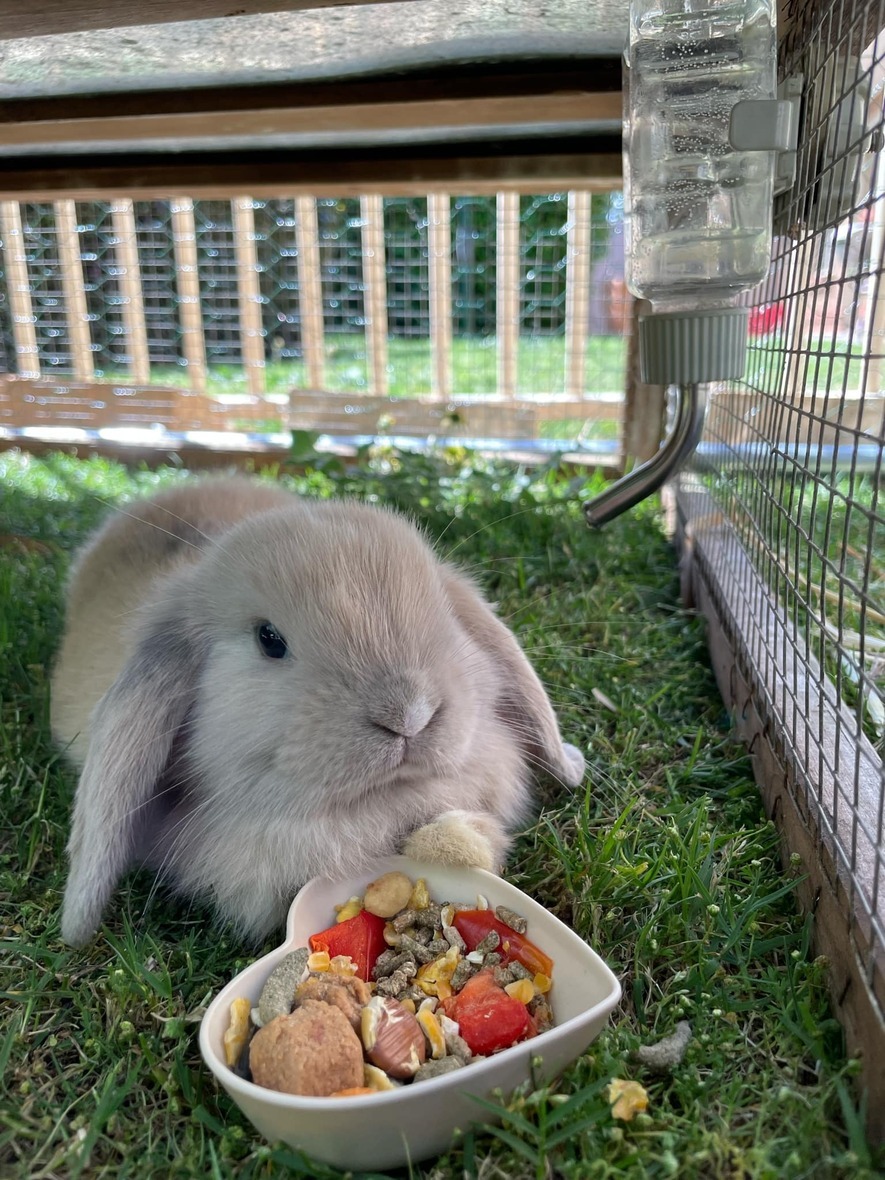
|
|
Beyond the Easter Basket: A Real Look at Bunny Ownership
|
| |
With Easter just around the corner we thought it was a great time to focus on beautiful bunnies! A family friendly Easter icon, we will start to see lots of bunny imagery all around! While we do not advocate getting pets as presents, we know lots of people might start thinking about the possibility of a pet bunny around this time. How could you not with all the cute fluffers we see!
Rabbits can make exceptional pets. These small fluffy creatures are very intelligent, can learn tricks, be litter trained and bond closely with owners. It is important to remember they are fragile little creatures and so need a safe environment and supervision around young children! They can live between 8-12 years of age and make great companions.
So here are some “bunny basics” you need to know!
Housing
A good setup is crucial for a rabbit and you need to consider if it is going to be indoors or outside. There are size guidelines online but one recommendation on the RSPCA website is a hutch that is 6m2 floor space and approx. 1m tall. It should incorporate an enclosed section of the hutch to sleep in (or rest and hide), as well as eating.
They should also have access to an exercise run to allow natural activities like running, jumping, standing upright, grooming and toileting.
The enclosure bedding/floor must be soft underfoot to prevent pressure sores developing on their feet- this can be a debilitating and incurable condition in rabbits.
Protection from predators and pests.
The enclosure needs to be safe from predators such as cats and dogs if indoors, as well as foxes and birds of prey if located outdoors. In addition, mosquito protection is essential if outdoors due to the mosquito borne disease myxomatosis and fly-strike from blow flies. Preventing access for vermin that might try to steal food should also be considered.
Temperature control is essential so airflow, shade and temperature must be considered for both indoor and outdoor options. Outdoor rabbits may need to be brought inside during extreme weather conditions. Check out the RSPCA website for more tips and advice on housing.
Diet
A balanced diet is essential for rabbits! The require mainly oaten or grass hay and this should represent about 80% of their diet. This means a 2kg rabbit should have about 1 cat litter tray worth of hay per day! The hay helps maintain dental health and fibre to support their digestive system.
Green leafy veggies should be the next 10-20% of their diet with Asian greens, grass, dandelion leaves, carrot tops some of the many options.
Treats, including pellets, should be less than 5% of the overall diet. Options include apple, strawberries, and capsicum. If giving pellets, 1-2 tablespoons of a high-quality rabbit pellet is enough to supplement a balanced diet.
Anything you want to consider feeding your rabbit should be checked that it is pesticide free and safe to give. Check out rabbit.org/care/food-diet for a very comprehensive list of what you can feed!
Vaccination
The only vaccine we have available for rabbits is to protect against rabbit “calicivirus” otherwise known as “Rabbit haemorrhagic disease virus (RHDV)”. Rabbits should be vaccinated every year starting from 10 weeks of age. This is done at your annual health check and vaccination appointment with a vet.
Desexing
It is important to sterilize (also known as neutering or desexing) your rabbit. In particular females have an up to 80% chance of uterine cancer in rabbit more than 3 years old. It is also important to remember that rabbits reach sexual maturity early and if house together males and females can produce offspring from 4 months of age!
Health checks
Annual health checks are important to assess their weight, general health, dental health, skin and coat. We can discuss diet and husbandry, giving tips and advice as needed. Also we love a chance to snuggle a cute bunny!
Enrichment
Finally, lets talk about enrichment! That’s the fun stuff, for both the rabbit and you as an owner! It is important to have ways to stimulate your rabbit mentally and keep them physically engaged. There are lots of different ways to do this and you can have a lot of fun exploring what your bunny likes.
Rabbit.org has loads of great suggestions including toilet rolls stuffed with hay to roll and nudge, tunnels to run through, jingly bells to throw around, slinkies to push and pull around. Even paper bags can be fun to hide in crunch around and chew on! Just make sure anything you give is digestible and pesticide free OR not able to be chewed up. Anything metal needs to be free from rust!
~~~~
If you decide to invite a rabbit into your life, remember the AWL SA and RSPCA often have bunnies needing new homes. If you need advice on how to get set up for a rabbit there are loads of resources online. Just get in touch and we can point you in the right direction!
|
|
|

|
|
Drizzly dog days
|
| |
Rainy weather doesn’t have to limit the fun for you and your dog! Here’s how to exercise your dog even if the weather is gloomy.
Indoor exercise options
Even in smaller indoor areas, you can still find fun ways to play with your dog. Many pets will love a game of fetch down a hallway, or a vigorous bout of tug-of-war with a tough toy.
Some owners are also able to train their dog to walk or run on a treadmill for an easy indoor exercise option. For safety reasons, pets should be supervised throughout this process and never tied to a moving treadmill. Bear in mind that treadmill sessions shouldn’t regularly replace outdoor walks either, as they don’t provide your dog with the same mental stimulation that comes from sniffing, exploring and socialising with other people and dogs.
Mental stimulation
A good mental work-out can be just as relaxing and enjoyable for your pet as going on a walk. As well as short and sweet obedience training sessions (using lots of treats), you can also help your dog to keep busy indoors with long-lasting dental chews or treat-loaded lick mats or puzzle toys.
For easy DIY sniffing games, you can create a hide-and-seek challenge by hiding treats around a room for your dog to find, or by making a “lucky dip” game for your dog using an old cardboard box, lots of scrunched up paper, and sprinkled treats and toys.
Embracing the weather
Who says that rainy weather has to stop you and your pet from enjoying the great outdoors? You could invest in a well-fitted rain-jacket for your dog (and one for yourself!) and go for a rainy walk to enjoy having free rein of the dog park or beach. Or, if the weather is warm enough, go all in and take your pet swimming in a safe shallow area – they’re getting wet anyway, right?
For more tips on dog health and fitness, ask our exercise-educated team. |
|
|
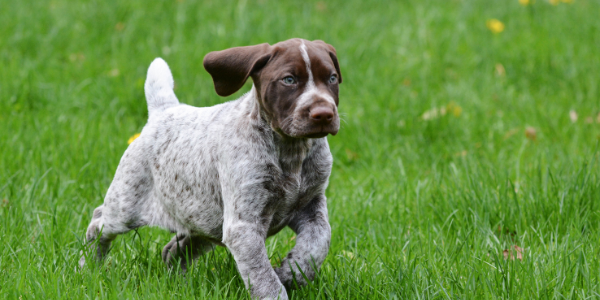
|
|
Lola’s sticky situation
|
| |
(This fictional story has been created for educational purposes only and does not depict a real pet, owner, or clinic. It is intended to raise awareness about common health risks and promote responsible pet care.)
Lola the four-year-old German shorthaired pointer LOVED to play fetch. Whenever her owner Marc arrived home, Lola would greet him with a wagging tail, holding one of her favourite toys and waiting for him to start the game.
One day off-lead in the park, Lola proudly presented Marc with a big stick to throw for her. Marc obligingly threw it, and the usual high energy game of fetch ensued. All was going well until Lola ran up behind the bouncing stick at high speed and tried to grab it. As Lola lunged forward, the stick caught at an angle in the dirt, resulting in Lola running onto the point of the stick with her open mouth. Lola yelped and jumped back, whining in distress and pawing at her face.
Concerned, Marc ran up and tried to check the dog’s mouth. Whilst Lola resisted him opening her jaws, he could see blood around her clenched teeth and decided to take her to her regular vet immediately for an assessment.
After a short waiting time, the veterinary staff kindly squeezed Lola in for an emergency appointment. Whilst she seemed generally bright and stable, she was still very sore and would not allow the vet to check her mouth either. Marc therefore consented to a sedation so that Lola could receive a proper examination.
Under sedation, Lola was found to have a nasty wound under her tongue, with a few pieces of shredded stick present. Fortunately, the wound in her mouth only extended a couple of centimetres into the tissue, and no other injuries were found. Lola’s wound was flushed out with sterile saline, and the wound stitched closed with dissolving stitch material. She was then started on a course of antibiotics and pain relief and prescribed a soft food diet for the next week.
Fortunately, Lola made a rapid recovery and was back to playing fetch in no time, with a new safety rule: dog toys only! |
|
|
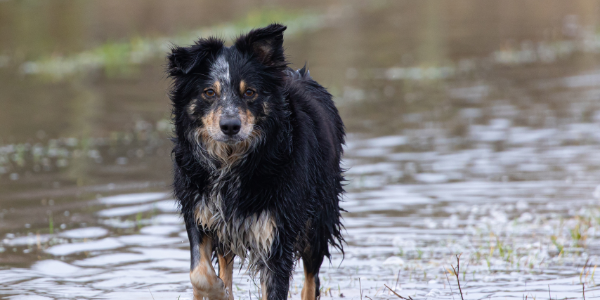
|
|
Animal News In Brief
|
| |
Soil-borne disease poses risk to pets after Queensland floods
Following the recent Queensland floods, veterinarians have recorded multiple cases of melioidosis, a potentially fatal bacterial disease affecting pets. Dr. Alan Guilfoyle from Townsville said, “Our animals are at risk,” urging pet owners to watch for symptoms like fever, lethargy, and skin sores. The bacteria thrive in wet soil and can infect pets through wounds or inhalation, especially after heavy rainfall and flooding. Local vets are advising pet owners to keep their animals away from muddy water and seek immediate care if they show signs of illness.
Click here for more tips at ABC News.
Dog breed trends shift as Aussies move away from French bulldogs
New pet insurance data shows French bulldogs are no longer among Australia’s top 10 dog breeds. Cavoodles remain in the lead, followed by Labradors and Golden Retrievers. Spoodles and Border Collies also ranked highly, reflecting changing preferences among Aussie dog owners.
Click here to see the full list at News.com.au.
Bride’s wedding turns into ‘Disney fairytale’ when tiny kittens suddenly appear
As Chloé Hayden and her partner exchanged vows, tiny kittens wandered onto the scene, turning their wedding into an unexpected fairytale moment. Guests watched as the kittens roamed around the venue, adding an extra layer of charm to the celebration. Chloé later shared photos on Instagram, capturing the surprise guests who seemed to appear as if on cue. The heartwarming moment quickly gained attention online, with many calling it a real-life Disney movie.
Click here to read the full story at The Dodo. |
|
|
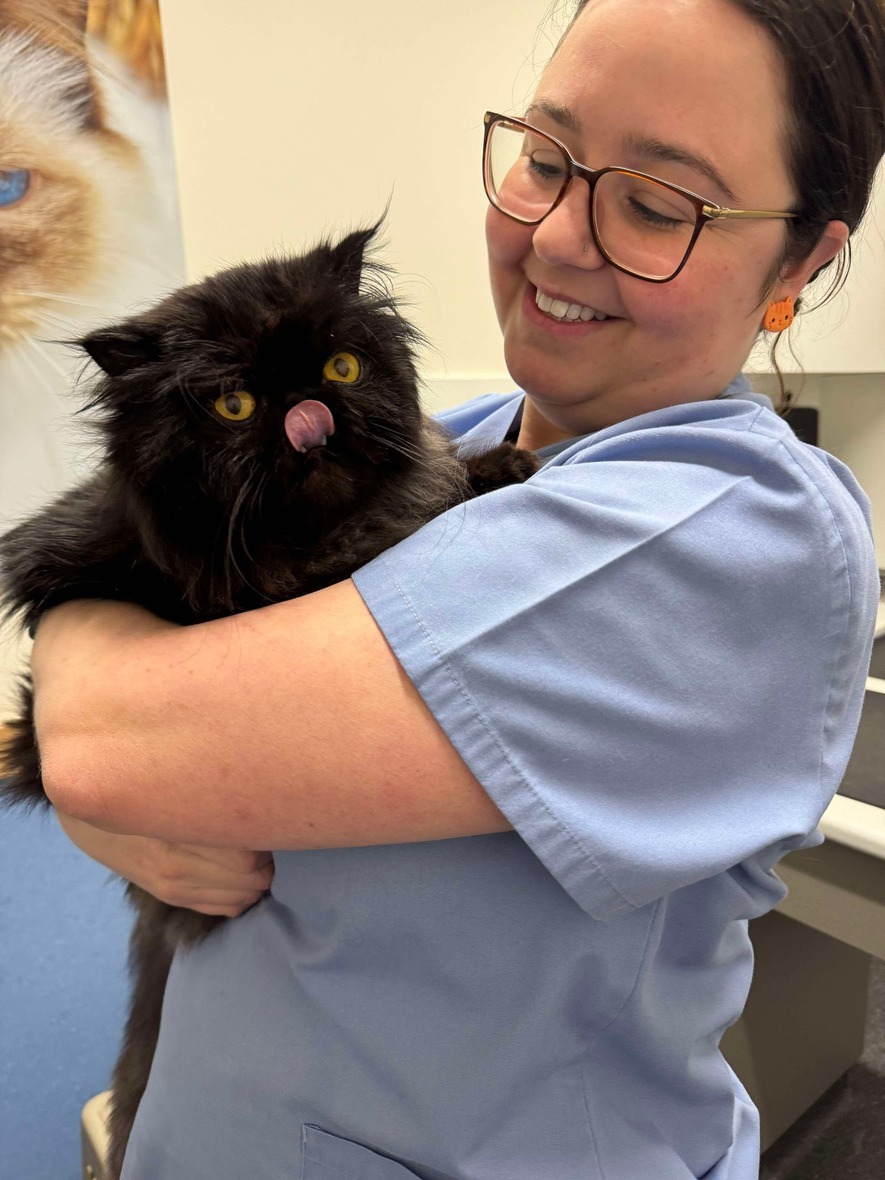
|
|
Feline diabetic dangers
|
| |
Did you know that obese cats are almost four times more likely to develop diabetes compared to those in optimal body condition?
Here’s more about diabetes in cats; including how to recognise it, how it’s treated, and how to reduce your pet’s risk.
Why are obese cats at a higher risk of diabetes?
Rather than being just an inert “spare tyre”, fatty tissue produces hormonally active substances. In overweight cats, their higher amounts of fatty tissue can lead to an imbalance of some key metabolic hormones such as insulin. Insulin is required to help glucose from food pass into cells (where it is used for energy). A deficiency of insulin therefore means the cat’s body struggles to function normally and becomes unwell.
What symptoms does diabetes cause in cats?
Diabetic cats usually show symptoms such as increased drinking and weeing, and weight loss or poor condition despite an increased appetite. Less commonly, they may also develop nerve problems affecting their back legs, leading to weakness and an unusual flat-footed stance.
If a diabetic cat becomes unwell with another disease, they can be at risk of suddenly deteriorating into a life-threatening state of dehydration and illness, known as diabetic ketoacidosis.
How is diabetes treated?
Traditionally, cats with diabetes have required management of their condition with insulin injections twice daily, and sometimes also a prescription diet.
In some cases, cats may be able to recover from the condition, although many require insulin treatment for the rest of their life.
Can diabetes in cats be prevented?
You can significantly lower your cat’s risk of developing diabetes by keeping them in their healthiest body condition.
If you’re unsure, we’d recommend measuring your cat’s physique against this chart. If your feline friend appears to be over their ideal weight, it’s best to consult our knowledgeable vets regarding a safe and effective weight loss plan for your pet. |
|
|
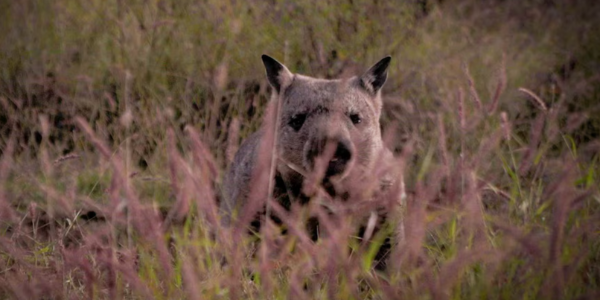
|
|
Northern hairy-nosed wombat population sees hopeful recovery
|
| |
Once on the brink of extinction with just 35 individuals in the 1980s, the northern hairy-nosed wombat population has now grown to over 400, thanks to ongoing conservation efforts. A recent milestone saw 15 wombats relocated to the Powrunna State Forest in Queensland to establish a new habitat. “This is another significant step in safeguarding this critically endangered species,” said conservation officer Dave Harper. The discovery of a healthy juvenile wombat at a protected refuge has further raised hopes. Ecologist Andy Howe said, “It’s very gratifying to see this species thriving in a safe environment.” Researchers will continue monitoring the relocated wombats to ensure their adaptation and survival.
Click here to read the full story at ABC News.
Image source: Queensland Department of Environment and Science |
|
|
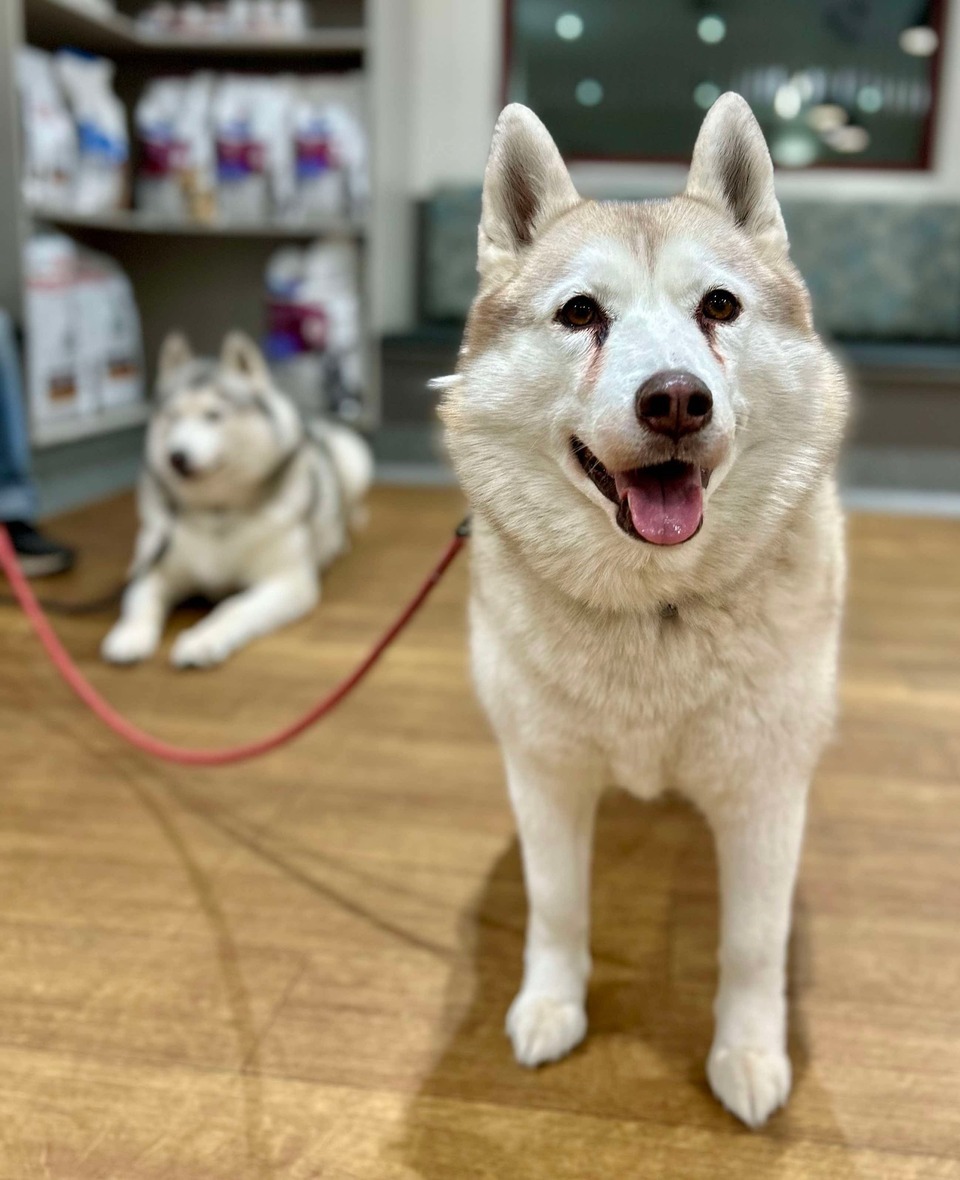
|
|
Healthy weight loss for dogs
|
| |
Is your dog a little too “thick around the middle”? Unfortunately, being overweight can shorten your pet’s lifespan and make them more likely to suffer from breathing difficulties, joint and spinal problems, and organ issues such as pancreatitis.
To help our heavier patients lose excess weight to gain quality of life, we’ve compiled our best practical tips for supporting healthy body condition.
Healthy diet
If your pet is overweight, the first step is to honestly assess what additional cheeky snacks they may be receiving from everyone in the household.
If cutting treats by 80-90% yields no weight improvement after four weeks (or if your pet wasn’t receiving treats to begin with), you should then review their food type and portions. Some pets may do well with strictly measured portions of a high-quality prescription weight loss food (dry and/or tinned), whilst others may respond better to a switch to a nutritionally complete and balanced home-cooked style diet. Ask our vets for personalised recommendations on the healthiest options for your pet.
Appropriate exercise
Unfortunately, heavier pets have a higher risk of dangerous overheating or painful joint injuries if they suddenly launch into activities that their bodies just aren’t used to.
If your pet isn’t currently very physically active, it’s a good idea to build up their exercise regime slowly, starting with short walks in cool conditions or gentle paddles in shallow water. If your dog has any pre-existing health conditions (such as hip dysplasia or arthritis), consult with our experienced vets first.
Weight loss
Whilst reality TV may indicate otherwise, it’s safest for overweight pets to lose weight slowly and steadily, as sudden, drastic weight loss can affect organ health. A good target is a loss of 1-2% of your pet’s bodyweight per week.
For more information on helping your pet to enjoy their healthiest and best life, consult our knowledgeable team. |
|
|
This email contains comments of a general nature only and is not intended to be a substitute for professional veterinary advice. Please always consult your vet for specific advice on your pet's individual needs.
All content © Petpack 2025 |
|
|
[Footer]
|